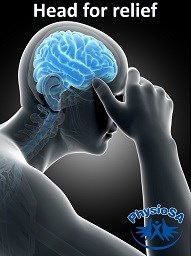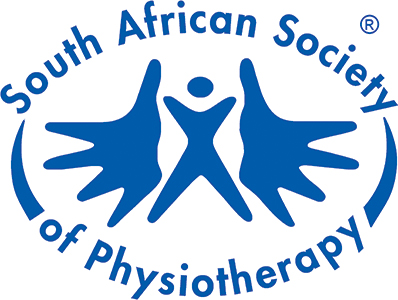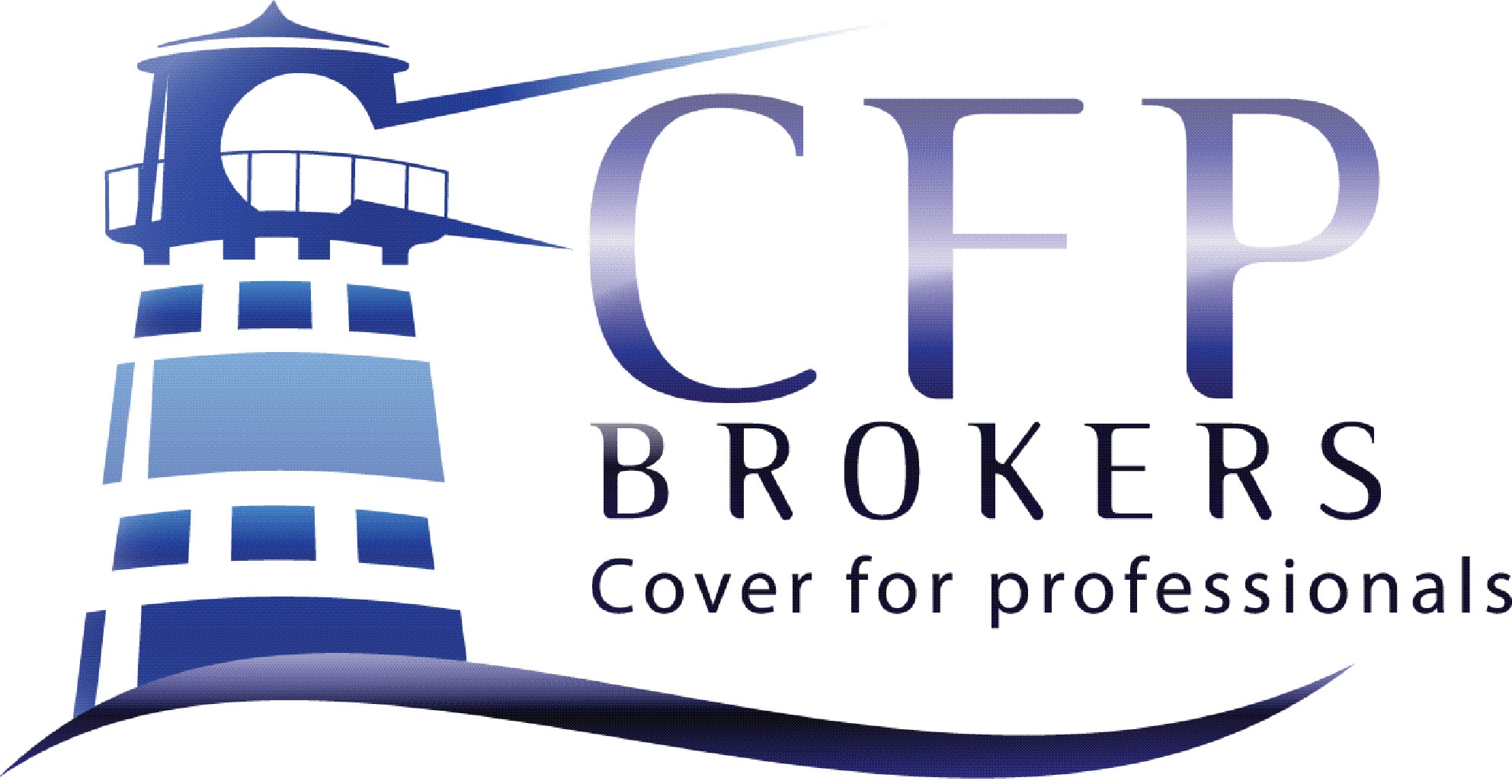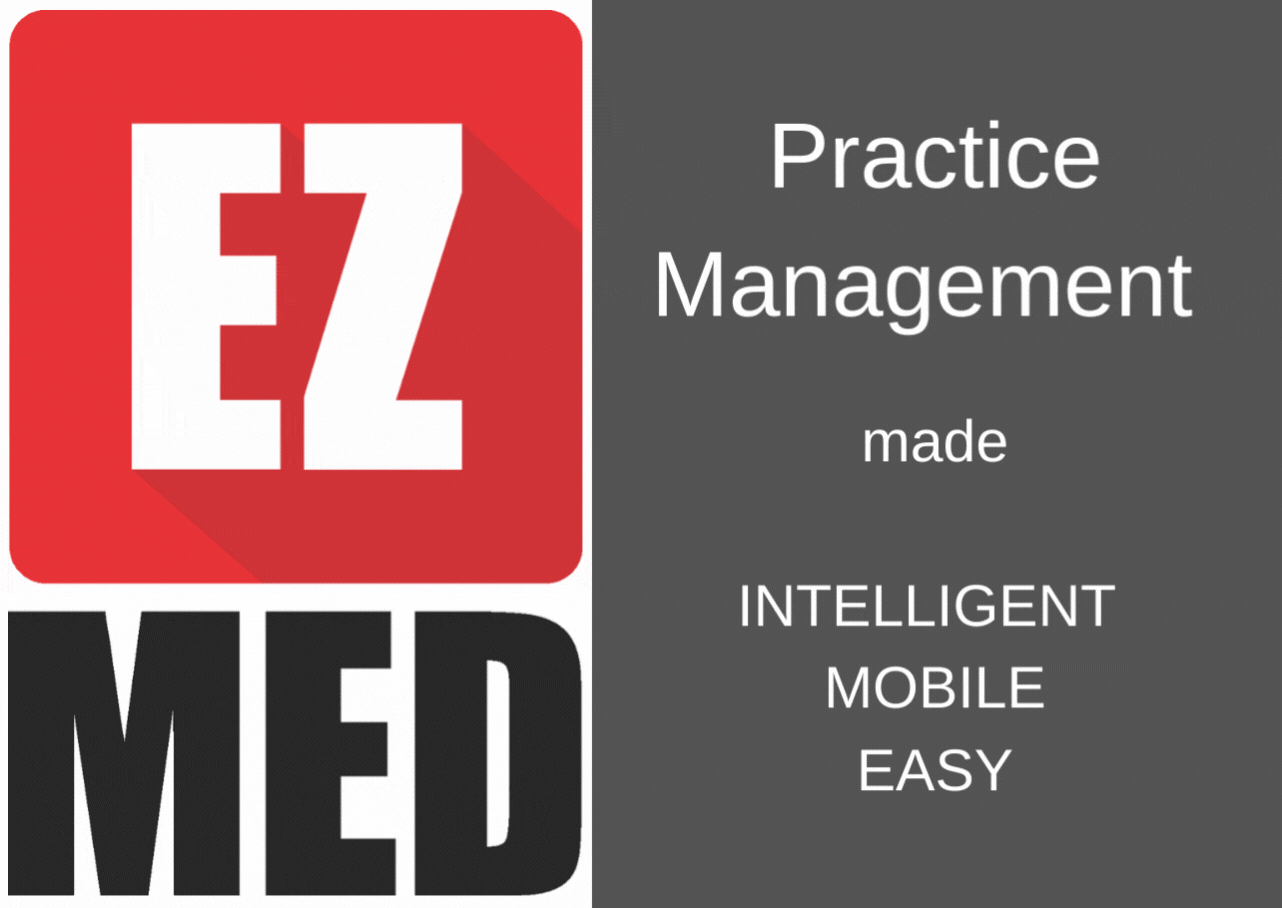
How many types of headaches are there?
That’s a ‘how long is a piece of string’ kind of question. Ask five experts and they’ll give you five different figures. The International Classification of Headache Disorders puts it at 14 – but each headache type has several subsets.
Few things are as debilitating as a bad headache. But instead of reaching for a pill, for a couple of types of headache, you’d do best to reach for your phone book and look up the number of a physiotherapist, says Dr Ina Diener ... Because for some people, the source of the pain is all in your upper neck joints and muscles – and that’s physiotherapy terrain.
Neck and neck
One fairly common headache type is the cervicogenic/neck headache – a headache caused by disorders of the cervical spine. These are the seven vertebrae that make up, essentially, your neck, a column of bones protecting your spinal cord which are numbered C1-C7. Since our heads are such an important part of us, enabling us to see and hear and smell and know where we are in three-dimensional place, they are surrounded by a complex network of muscles and tendons which support the neck.
A few potential causes of trouble include:
Working posture
In a world where we sit in front of computers day-long, poking our heads forward to see the screen, it’s not unusual for these joints and muscles to give us some discomfort.
Accident
Whiplash injury is remarkably common – we often pay no attention when a car rams us from behind, being more concerned about the state of our rear lights. But even a small whiplash incident can cause the muscles of the neck to stay stiff and painful.
Stress
Some of the muscles between your neck and scapulae (shoulder blades) get their nerve supply from a nerve coming directly from the brain. These muscles are therefore very much influenced by stress, working against time and anxiety. These stress-related headaches may respond well to physiotherapy.
How do you know you have a neck headache?
* If you can make the pain worse by pressing on the neck muscles;
* If the headache is consistently on one side, not fluctuating from one side to the other;
* If not moving the head – keeping it in one sustained posture for a long time – provokes pain;
* If it feels as if the pain radiates forwards over your head from the base of your head or your neck muscles;
* If you realise, when you try to move your head, that your range of motion is limited – you can’t turn a full 90 degrees;
If you have some of these symptoms accompanying your headache, chances are good you have a neck headache. Off to the physio with you! Hands-on treatment to mobilise that neck is what you really need. Plus some exercises to recruit your neck stabilisers and relax your shoulder girdle muscles. And some excellent advice to prevent headache incidents.
It’s all jaw-jaw
Some people get headaches that radiate out from the place where their jaw meets their skull (it’s called the temporomandibular joint or TMJ), a dull, throbbing ache that just won’t go away, and gets worse when you chew, yawn, or even, sometimes, when you talk.
What causes TMJ headache? It’s very often a result of stress which causes you to clench your teeth, or appears after some dental work has been done; it can also be a result of malocclusion (literally, “bad shutting or closing”), a misalignment of the jaws which places stress on the joint.
This is the perfect case for a physiotherapist to be part of the dental team; physiotherapists know your bones, tendons, joints and muscles inside and out. It may take several visits, but a physiotherapist should relieve the pain and advise you on how to keep it at bay.
For advice on managing headache pain, talk to your physiotherapist. Find a physio at www.saphysio.co.za.
Back






